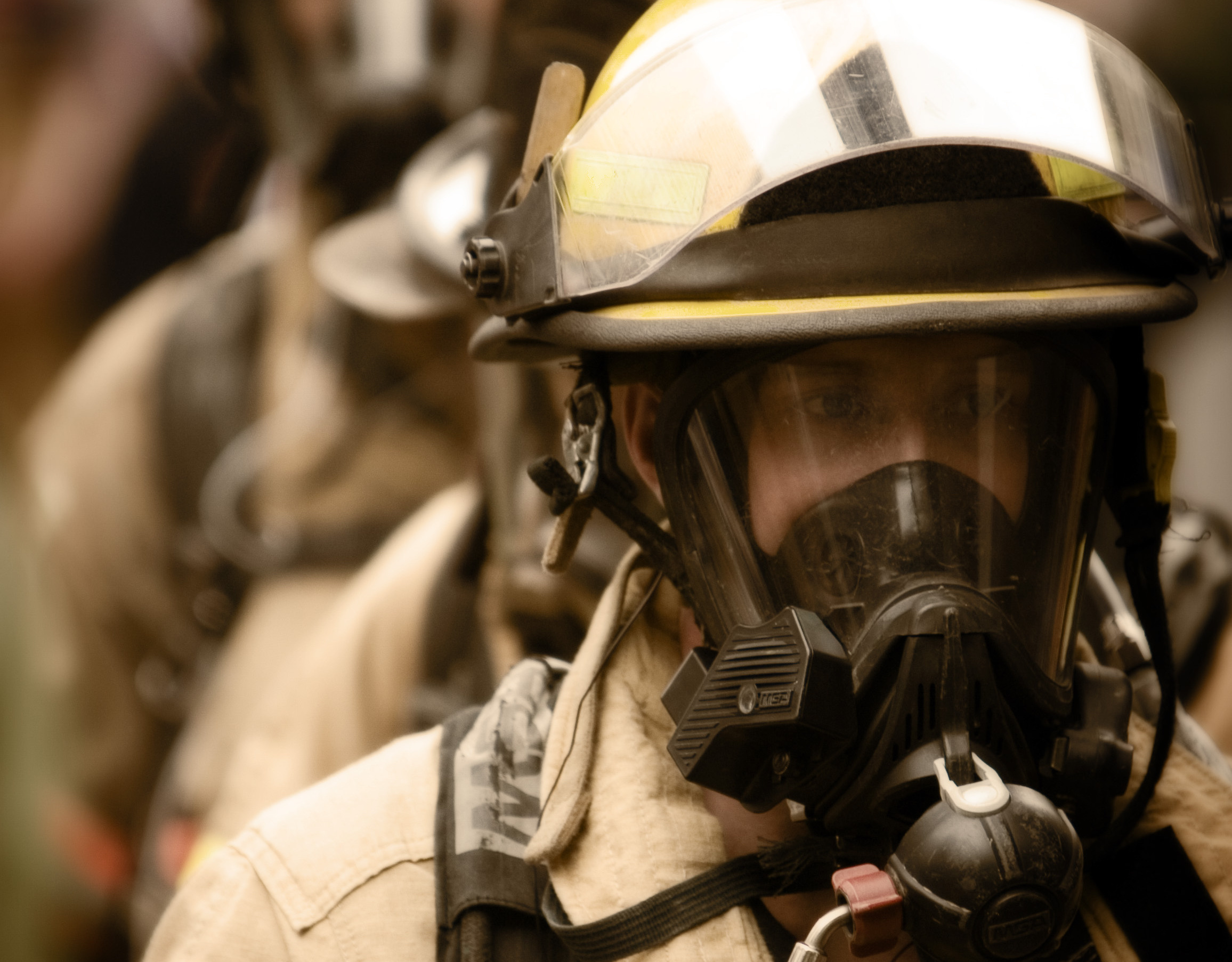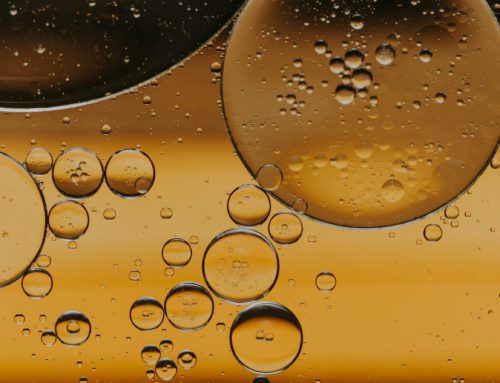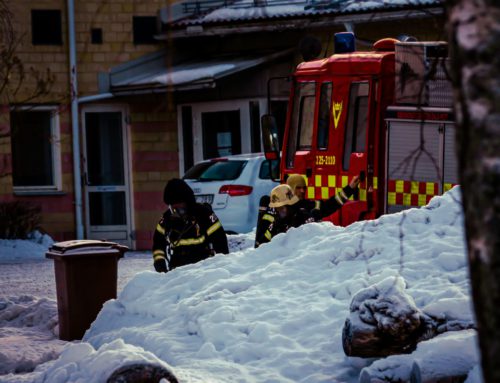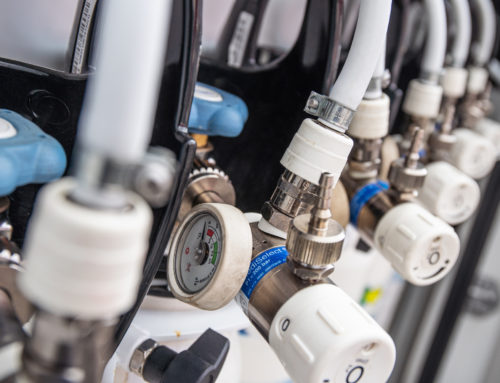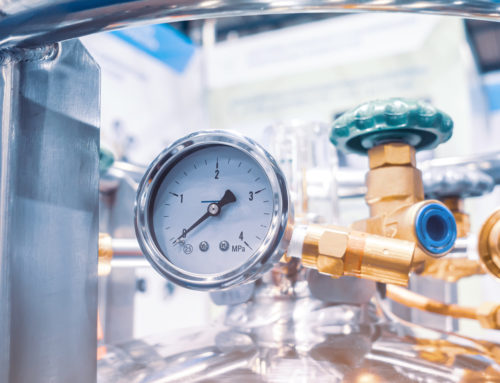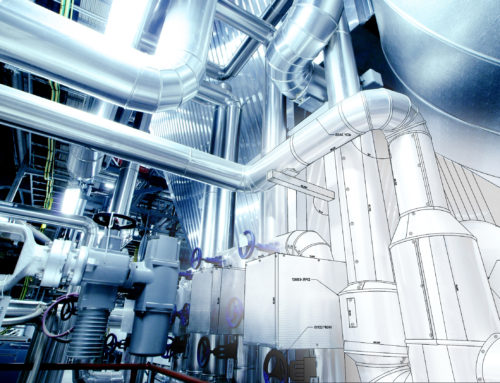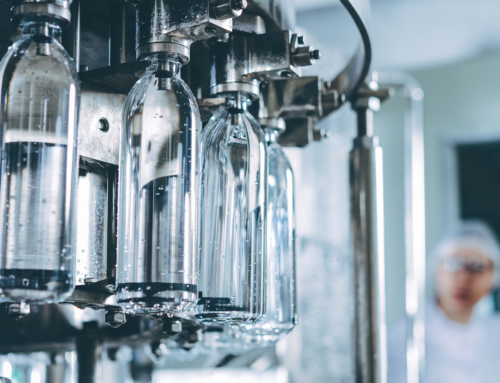Each year, experts gather at the annual NFPA Conference and Expo to share insights on issues affecting the firefighting community. Many of the exhibits and educational courses featured at the conference focus on preventative measures. The main message is one that the industry leaders know well: it’s better to prevent a problem than to wait for one and react. Given the health risks and financial costs of poor breathing air quality, it is vital that fire departments apply this principal to testing their compressed air as well.
Firefighter Safety and Compressed Air Quality
It’s no secret that firefighters have a dangerous job. However, recent years have seen an increased focus on long term firefighter safety. Exposure to chemicals has caused severe illnesses, including cancer, for many firefighters. This has prompted many states to pass laws entitling the individuals to compensation. When firefighters battle a blaze, they rely on their protective equipment to reduce exposure to harmful chemicals. Proper use of SCBAs is essential in this regard, but care must be taken to ensure that the air inside is safe.
Contaminants that can be present in compressed air include:
These contaminants can enter compressed breathing air either from your compressor’s intake, or from the compressor itself. Contaminated compressed air exposes firefighters to both long and short term health risks.
The NFPA 1989 Standard offers guidance for compressed air quality control by setting limits for contaminants in compressed breathing air. Compliance with NFPA 1989 also requires quarterly breathing air testing with an accredited laboratory, like Trace Analytics. Testing should also be conducted if contamination is suspected or if any alterations, maintenance, repairs or relocation of the system occur. Additionally, NFPA 1989 requires that air samples must be tested before and after the installation of a new air purification filter.
How Breathing Air Testing Can Save Time and Money
While NFPA 1989 requires quarterly breathing air testing, some fire departments choose to test more frequently. This is done both out of concern for the safety of their firefighters and because of the costs associated with poor breathing air quality. By only testing quarterly, large fire departments, in particular, run the risk of filling thousands of SCBAs with contaminated breathing air. For example, in Nevada, a fire department discovered that their compressor was causing contamination in their SCBAs. The department ended up paying around $138,000 in total for health tests, reports, and replacements (Smith, 2015). That same department now tests regularly to avoid such an incident from reoccurring. If there is a problem, it is much better to know about it sooner rather than later.
Frequent breathing air testing can also reduce the costs for fire departments in the long run. Water vapor and hydrocarbon content failures can indicate that your compressor or filters need maintenance. With a simple 10-minute test, a fire department can prevent the need to replace damaged equipment. This saves departments time and money in the long run.
Sampling Your Compressed Air
Those wanting more comprehensive compressor service might consider using one of our distributors. Many of these companies offer air quality testing in addition to their regular maintenance and installation services. Simply ask our customer service team, and we’ll let you know if we have a distributor in your area.
For those who prefer to test on their own, taking an air sample is a simple 10 minute process in most cases. Once we receive your collected samples, you will have your results within 1-3 business days. If the results are needed sooner, a 1-business day rush is available. Should your test be out of spec for any reason, our customer service team will call you immediately to help you troubleshoot the problem and will provide you a resample, free of charge.
Because poor air quality can be so costly, it is critical to budget for regular breathing air testing. Fire departments seeking to take a more proactive approach to protecting their employees’ health and preventing costly equipment issues will find that the savings far outweigh the costs of a simple breathing air test. Testing more frequently, like quarterly or monthly, also allows fire departments to take advantage of discounts, resulting in further cost savings. An experienced, accredited laboratory like Trace Analytics can help guide you through the process of taking air samples and help ensure that your compressed air is safe.
References:
Burneka, Jim. “Firefighter Health: Inhaling Cancer.” Fire Engineering, 16 Jan. 2014, www.fireengineering.com/articles/2014/01/inhaling-cancer.html.
Hermann, Peter, and Lynh Bui. “Firefighters and Cancer: Is a Risky Job Even Riskier?” The Washington Post, 24 Feb. 2017, www.washingtonpost.com/local/public-safety/firefighters-and-cancer-is-a-risky-job-even-riskier/2017/02/24/801c3228-f440-11e6-8d72-263470bf0401_story.html?noredirect=on&utm_term=.8565ff0f86f0.
“State Laws Establishing Presumption of Firefighter Cancer as a Result of Duty-Related Exposure.” National Volunteer Fire Council, www.nvfc.org/state-laws-establishing-presumption-of-firefighter-cancer-as-a-result-of-duty-related-exposure/.
United Kingdom, Anthony, T.G., and P.R. Clarke. QinetiQ Limited. www.hse.gov.uk/research/rrpdf/rr427.pdf.
Smith, Mel. “US Firefighters Pay a Price for Contamination in Gas Cylinders.” The Analox Blog, Analox, 5 Dec. 2016, www.analoxsensortechnology.com/blog/2015/04/17/us-firefighters-contamination-gas-cylinders.

